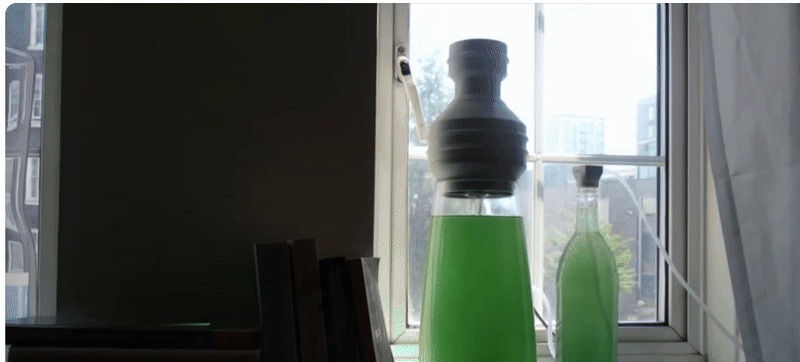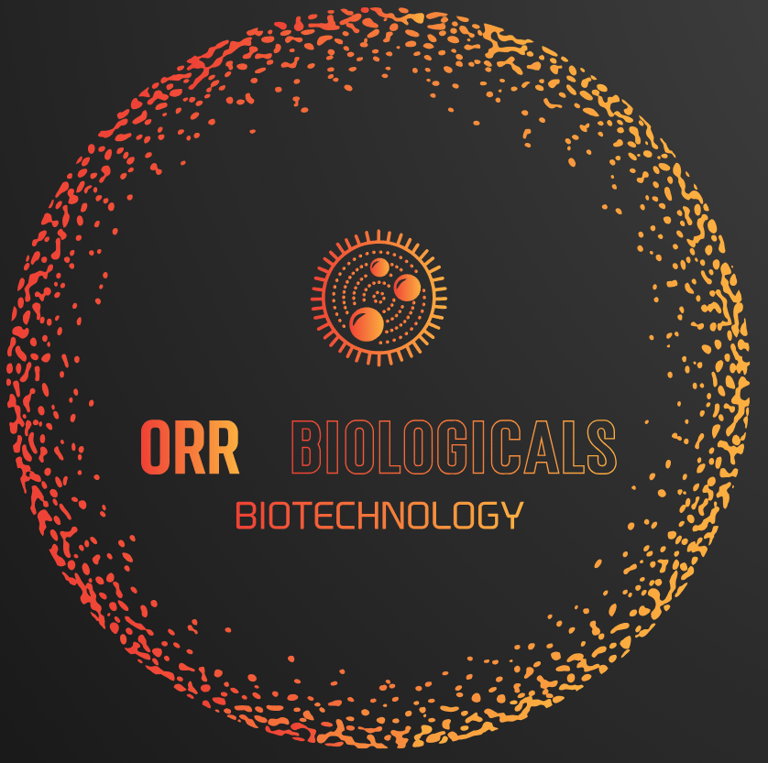Mammalian Cell Culture: Suspension vs Adherent Cultures
Explore the differences between suspension and adherent cultures in mammalian cell culture. Learn about cell lines, their applications, and best practices for successful cell culture in this informative blog post. This is red biotech.
Cameron Orr
6/12/20251 min read


Your Intro with Mammalian Cell Culture
What Cell Lines?
In the biotechnology industry, CHO cells, or Chinese Hamster Ovary cells manufacture the majority of all biotherapeutics, accounting for 70%. Mammalian cell culture is commonly preferred over their prokaryotic and plant counterparts because of their superior posttranslational capabilities. There are two types of cell lines; primary and continuous. Primary cells divide 20-100 times before dying and usually grow in adhesion culture. Continuous cell lines are basically cancer cells and can divide indefinitely. The HeLa cell line is an example of a continuous cell line.
Suspension vs Adhesion Culture
When growing mammalian cells, suspension is better than adhesion culture in some cases, because suspension allows for a greater surface area that cells can produce a desired compound. The CHO cells lines allow for this method of growing. Adhesion cell culture is used for primary cell lines and especially fibroblasts, because a flat 2d monolayer allows for easy morphological identification on health.
However, adhesion cell culture is harder to scale up to produce biocompounds, as trypsin and centrifugation is needed. Suspension mammalian cell culture is great for growing large amounts of cells, because researchers can just grow them in large vats. A disadvantage of suspension is the cells may be harder to morphologically asess under a microscope for health. Moreover, shear stress and insufficient agitation can clump and damage sensitive cells like neurons. However, CHO cells are usually adapted.
Application of Mammalian Cell Culture

Subscribe to newsletter!
Our Youtube Channel is Here ->
TERMS AND CONDITIONS
THIS CONTENT IS ONLY FOR EDUCATIONAL PURPOSES. All information posted is merely for educational and informational purposes. It is not intended as a substitute for professional advice. While the information on this website has been verified to the best of Orr Biological's abilities, we cannot guarantee that there are no mistakes or errors. Should you decide to act upon any information on this website, you do so at your own risk. Under no circumstance shall Orr Biologicals have any liability to you for any loss or damage of any kind incurred as a result of the use of the site or reliance on any information provided on the site.
